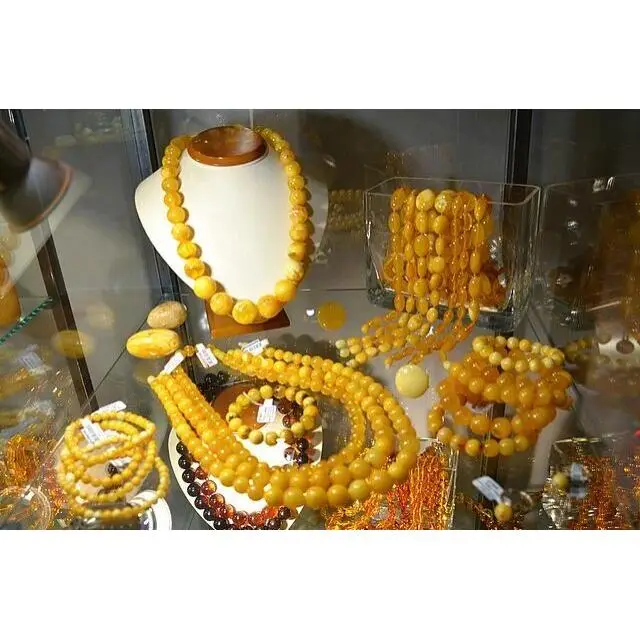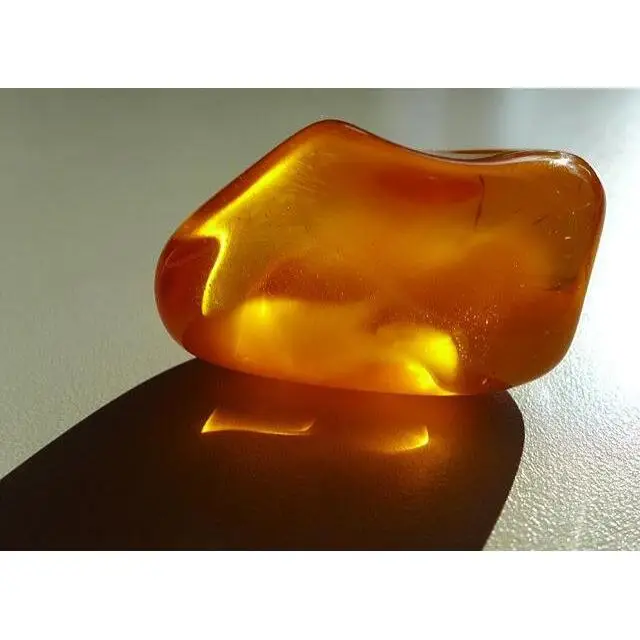Amber is a fascinating substance often found in a variety of warm hues from pale yellows to deep oranges and reds, has captivated human imagination and utility for thousands of years. It’s not just a beautiful material used in jewelry and ornaments but also a window into the prehistoric past. This resin, fossilized from ancient trees, can encapsulate the flora and fauna of its era, preserving them in remarkable detail. Amber with bugs is a highly collectible fossil/mineral.
Origins and Formation
Amber is essentially fossilized tree resin, primarily from coniferous trees that lived millions of years ago. The formation of amber begins when these trees exude resin, a sticky, viscous substance that serves as a protective mechanism against pests and injury. Over time, this resin hardens and undergoes a series of chemical and physical changes called polymerization and oxidation, eventually transforming into amber. This process can take millions of years, with most amber found today being around 30 to 90 million years old.
Geographical Distribution
Amber is found in various locations worldwide, but the most significant deposits are in the Baltic region, particularly in Russia’s Kaliningrad area. Other notable sources include the Dominican Republic, Mexico, Myanmar (Burma), and the United States. Baltic amber, often considered the most abundant and historically significant, is predominantly from the Eocene epoch, around 44 million years ago.
Historical Significance
Amber has been valued since antiquity. In ancient times, it was often referred to as “Nordic gold” due to its prevalence and desirability in the northern European regions. The Greek term for amber, “electron,” is the origin of the word “electricity,” due to the material’s ability to produce static electricity when rubbed.
The Amber Road, a historic trade route, facilitated the transport of amber from the Baltic Sea to the Mediterranean region. This route was instrumental in the exchange of goods and cultures between these regions. Amber was highly prized by the Egyptians, Greeks, and Romans, used not only for adornment but also in various religious and cultural rituals. The Romans, for instance, believed amber had healing properties and used it in amulets and other protective charms.

Scientific and Medical Uses
Amber’s scientific significance lies in its unique ability to preserve ancient organisms. Specimens of plants, insects, and even small vertebrates have been found perfectly preserved within amber, providing invaluable insights into prehistoric ecosystems. These inclusions offer a rare glimpse into the past, allowing scientists to study ancient life forms that would otherwise have decomposed without a trace.
In the field of medicine, amber has been historically reputed for its therapeutic properties. It has been used in various traditional remedies, believed to alleviate pain and ward off illness. Amber acid, or succinic acid, is a compound found in amber that has been researched for its potential anti-inflammatory and analgesic effects.
Cultural and Artistic Impact
Amber has a long-standing place in art and culture. In many cultures, it symbolizes the sun, eternity, and the divine. Its aesthetic appeal has led to its use in a wide range of artistic expressions, from intricate jewelry and carvings to decorative objects and even large-scale artworks like the Amber Room in Russia, a world-famous chamber decorated with amber panels, gold leaf, and mirrors.
Modern Uses and Imitations
Today, amber continues to be used in jewelry and decorative arts. It is often polished and shaped into beads, pendants, and intricate carvings. The popularity of amber has also led to the production of imitations and synthetic alternatives, such as copal (a younger form of resin), plastics, and even glass. While these can mimic the appearance of amber, they lack the historical and scientific significance of true amber.
Amber in Popular Culture
Amber frequently appears in popular culture, often associated with themes of time, preservation, and natural beauty. One of the most famous examples is its role in Michael Crichton’s novel “Jurassic Park” and its subsequent film adaptation, where dinosaur DNA is extracted from mosquitoes preserved in amber. This fictional premise highlights the fascination with amber’s ability to preserve the past.
Collection and Conservation
Collecting amber is a popular hobby for many enthusiasts who appreciate its natural beauty and historical significance. Museums and private collectors often seek out unique specimens, particularly those with well-preserved inclusions. However, the conservation of amber artifacts can be challenging due to their susceptibility to environmental factors such as light, heat, and humidity. Proper care and preservation techniques are essential to maintain the integrity of amber pieces.
Legal and Ethical Considerations
The extraction and trade of amber, like many natural resources, can have significant environmental and ethical implications. Unsustainable mining practices can lead to habitat destruction and environmental degradation. Additionally, the trade of amber, particularly in conflict regions, can sometimes be associated with illegal activities and exploitation. Ethical sourcing and trade practices are crucial to ensure that amber is obtained and sold responsibly.








Leave a Comment
Your email address will not be published. Required fields are marked *